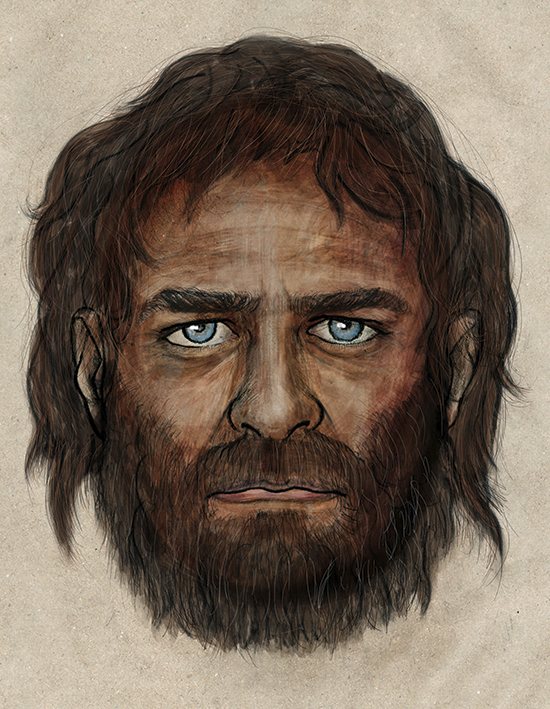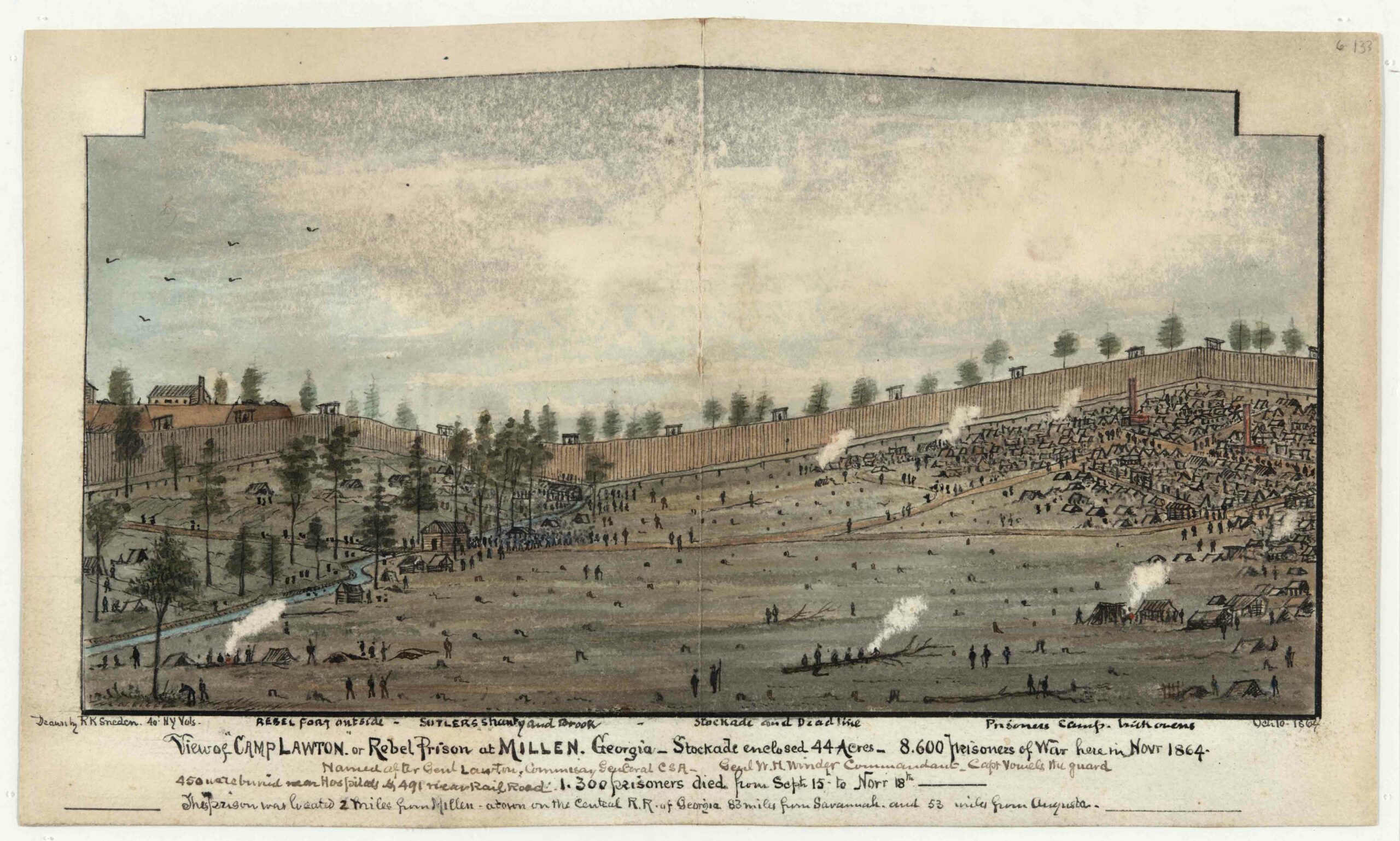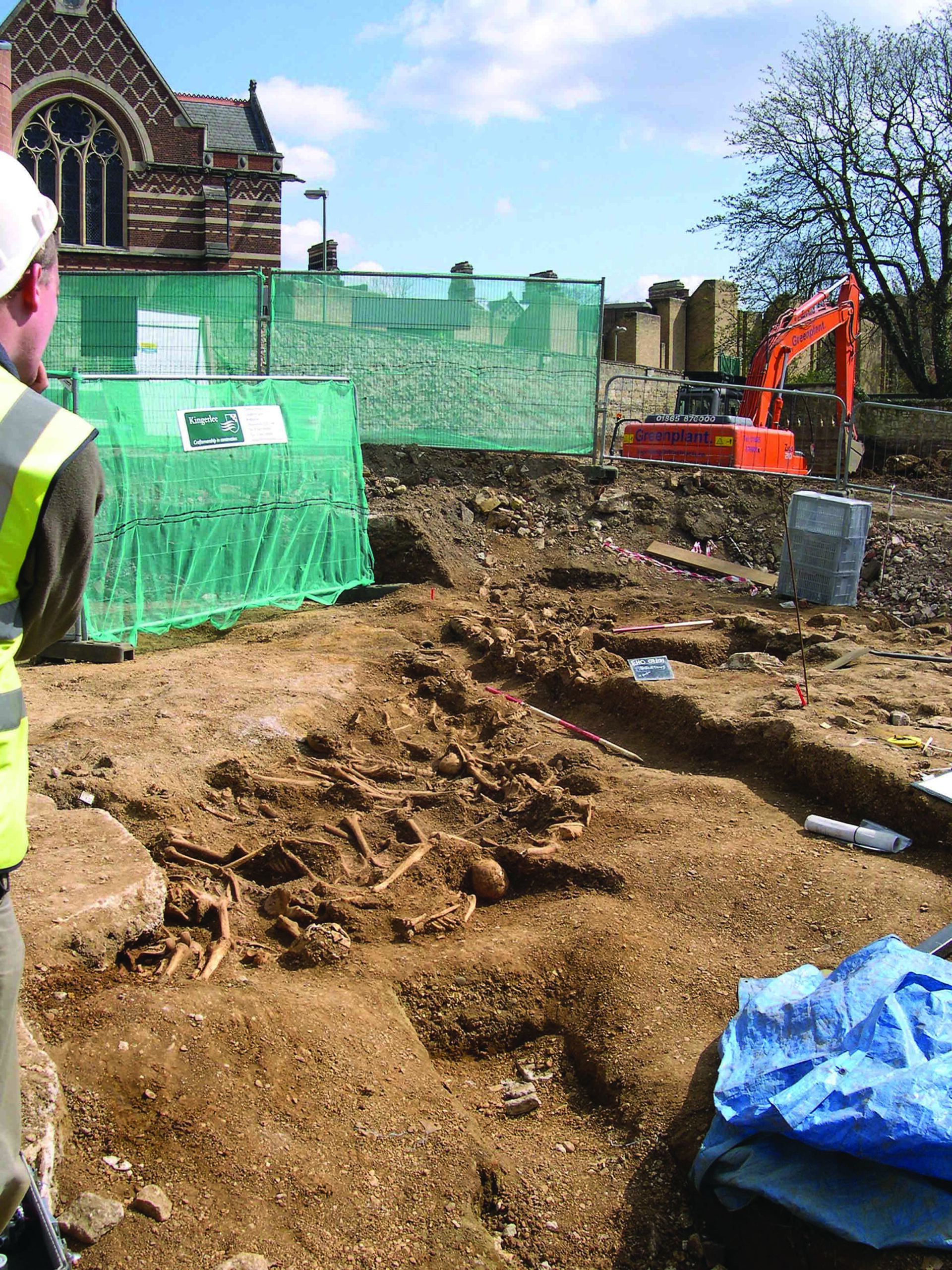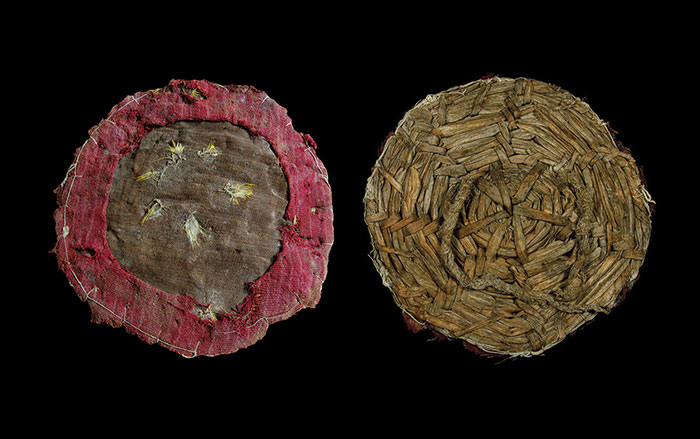
BARCELONA, SPAIN—An international team of scientists led by Carles Lalueza-Fox of the University of Barcelona has released information from a preliminary study of 8,000-year-old DNA obtained from a skeleton discovered in Spain’s La Braña Cave. The new information, when compared to the genomes of other early nomadic hunter-gatherers from across Europe, indicates that nomadic hunter-gatherers were a genetically and culturally more cohesive group than had been thought. In particular, La Braña man was unable to digest starch and milk, had dark skin and blue eyes, and had immunity against several known diseases, including tuberculosis, pneumonia, and malaria. It had been thought that Europeans gained immunity from these diseases from domesticated cattle and sheep. But Lalueza-Fox suggests that “epidemics affecting early farmers in the [Middle East] spread to continental Europe before they went themselves.”









